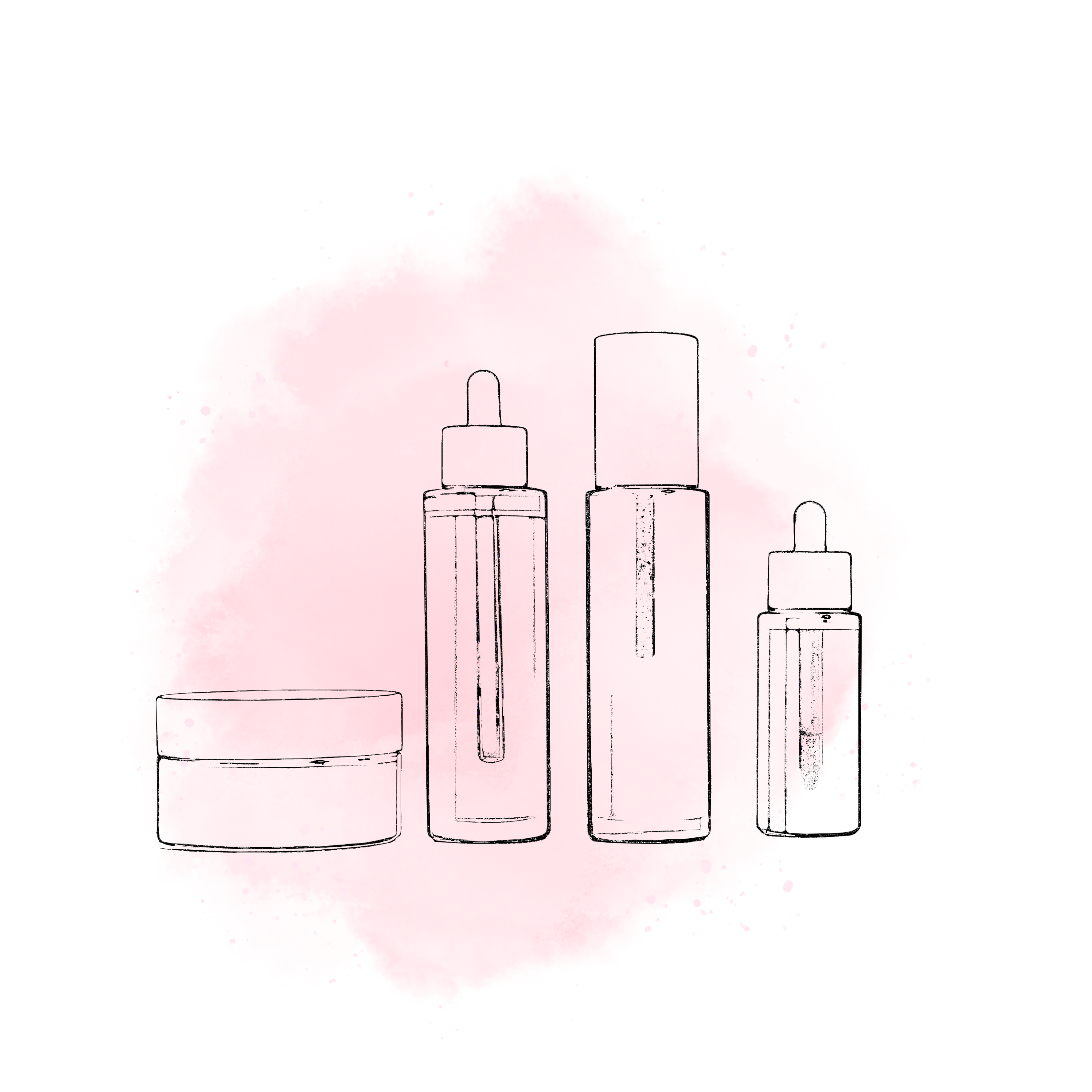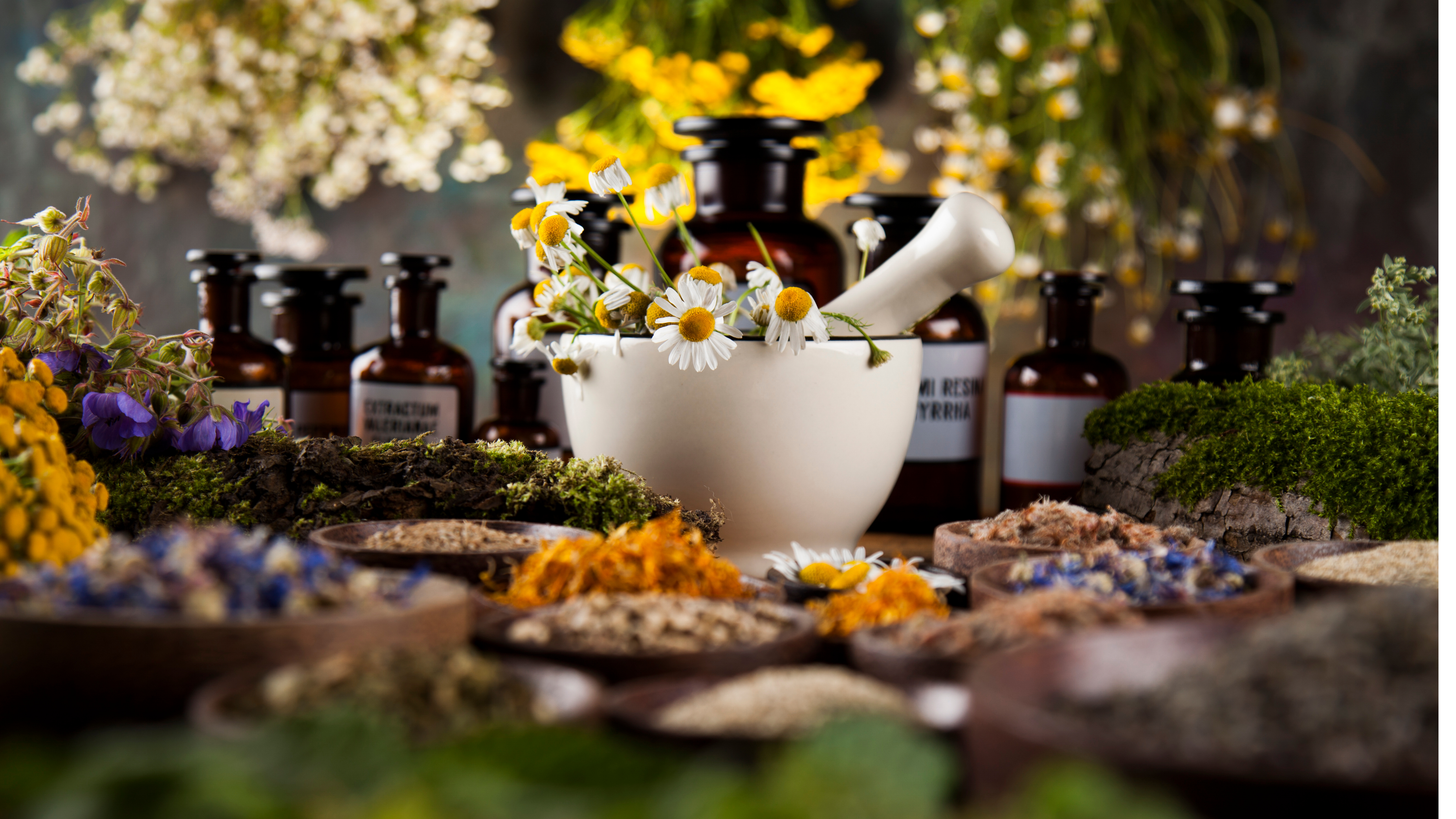Date: 06/09/25
Natural Doesn’t Mean Weak: Botanical Ingredients That Outperform Synthetics
For decades, synthetic ingredients were the gold standard in skincare. Lab-created actives, acids, and emulsifiers promised precision, stability, and results. But a quiet revolution has taken root—and it’s growing stronger every year. Powered by research, innovation, and a renewed respect for traditional knowledge, botanical ingredients are proving they’re not just gentle alternatives—they’re often more powerful.
Let’s explore the science-backed botanicals outperforming their synthetic counterparts and why PureNeem proudly formulates with nature’s finest.
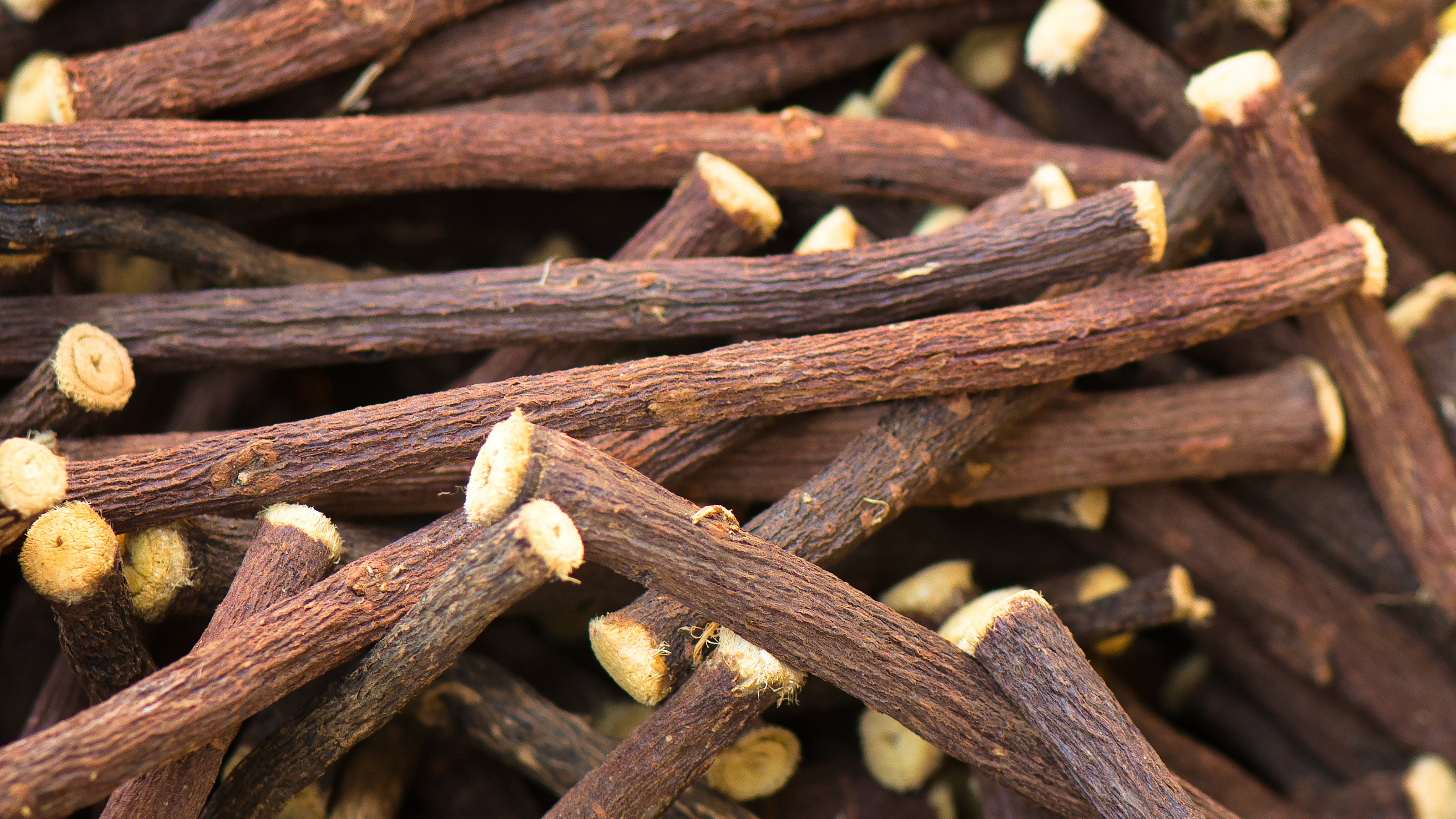
1. Licorice Root vs. Hydroquinone for Brightening
Hydroquinone has long been used for fading hyperpigmentation, but concerns about irritation and long-term safety have led many to seek gentler options.
Enter licorice root extract (Glycyrrhiza glabra), particularly its active compound glabridin:
- Inhibits tyrosinase activity (key in melanin production)
- Provides anti-inflammatory and antioxidant benefits
- Brightens skin without irritation or rebound hyperpigmentation

2. Neem Extract vs. Synthetic Antibacterials
Neem (Azadirachta indica) has been used for centuries in Ayurveda for its purifying powers.
- Exhibits strong antibacterial and antifungal properties
- Effective against acne-causing bacteria like P. acnes
- Supports wound healing and skin clarity
Unlike synthetic agents like triclosan, neem does not disrupt the microbiome or cause microbial resistance.
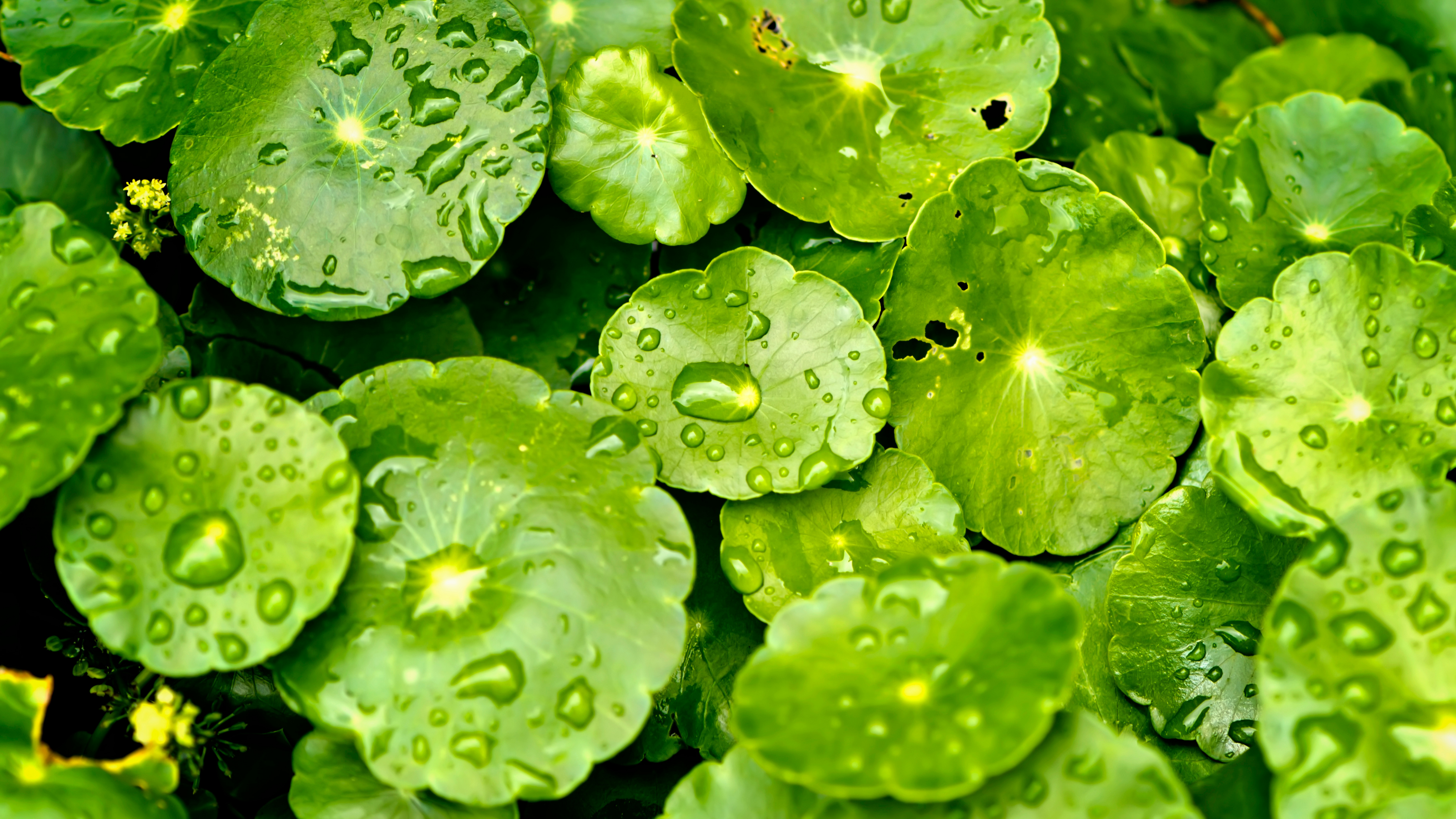
3. Centella Asiatica vs. Synthetic Wound-Healing Agents
Centella asiatica, also known as Gotu Kola, is a plant that rivals (and often surpasses) synthetic scar treatments.
- Enhances collagen synthesis
- Speeds wound healing and reduces scarring
- Contains triterpenoids like madecassoside that promote skin regeneration
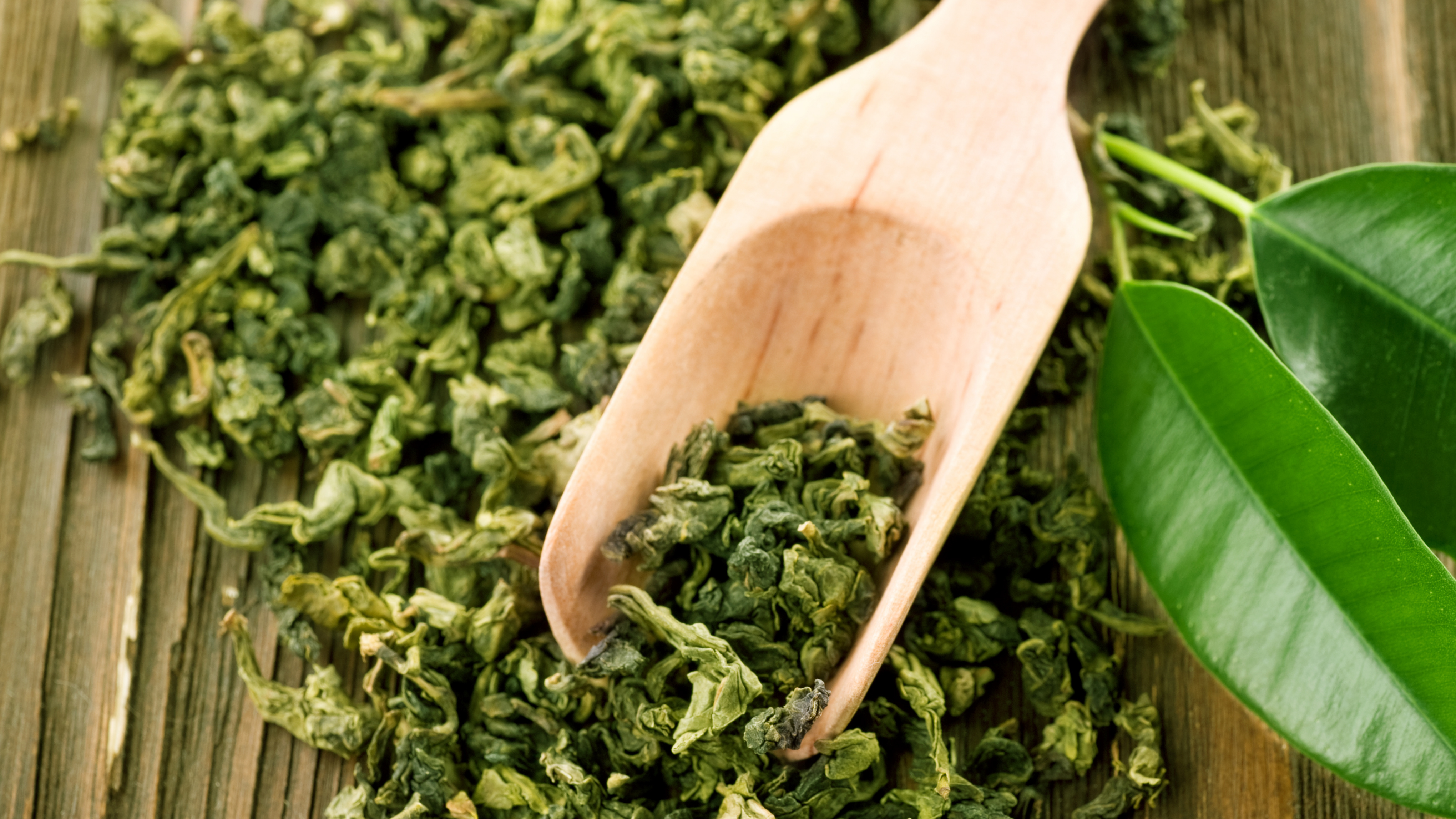
4. Green Tea Extract vs. Synthetic Antioxidants
While synthetic antioxidants like BHT or BHA are used for product preservation, green tea extract (Camellia sinensis) provides superior benefits:
- Rich in polyphenols, especially EGCG
- Neutralizes free radicals
- Calms inflammation and protects against UV damage
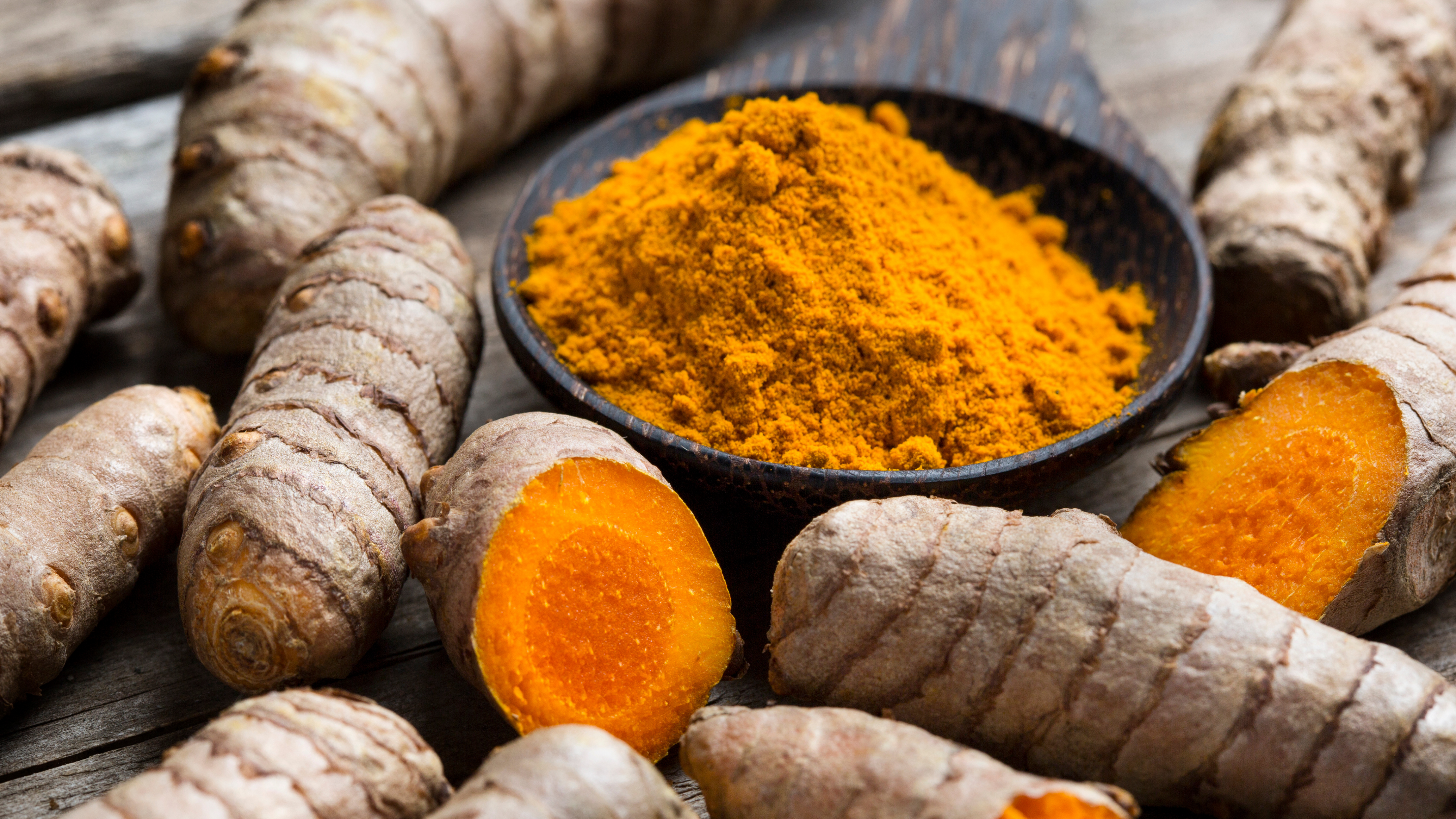
5. Turmeric Root vs. Synthetic Anti-inflammatories
Turmeric (Curcuma longa) and its bioactive compound curcumin have become famous for their remarkable effects:
- Potent anti-inflammatory and antioxidant properties
- Fights acne, eczema, and signs of aging
- Outperforms synthetic corticosteroids in mild inflammatory conditions, without side effects
Why PureNeem Trusts Nature
At PureNeem, we formulate with the belief that nature doesn’t need to be corrected—only respected and enhanced. Each botanical we use is carefully selected not just for its cultural relevance in Ayurveda, but for its scientific merit.
Our formulations combine:
- Clinically studied plant extracts like neem, turmeric, and centella
- Modern delivery systems that stabilize and enhance absorption
- Sensory appeal that makes each ritual indulgent and effective
Nature is not weak. It’s wise. It has evolved over millennia, offering us a pharmacopeia of ingredients that are biocompatible, effective, and in many cases—superior. As the industry shifts toward transparency and holistic wellness, botanicals are not a compromise. They’re the future.
References
- Lee, S. Y., et al. (2005). Glabridin inhibits pigmentation by downregulating tyrosinase. Pigment Cell Research.
- Biswas, K., et al. (2002). Biological activities and medicinal properties of neem. Current Science.
- Shukla, A., et al. (1999). In vitro and in vivo wound healing activity of asiaticoside. Indian Journal of Experimental Biology.
- Katiyar, S. K., et al. (2000). Green tea polyphenols as anti-inflammatory and anti-carcinogenic agents. Archives of Dermatology.
- Chainani-Wu, N. (2003). Safety and anti-inflammatory activity of curcumin. Alternative Medicine Review.

